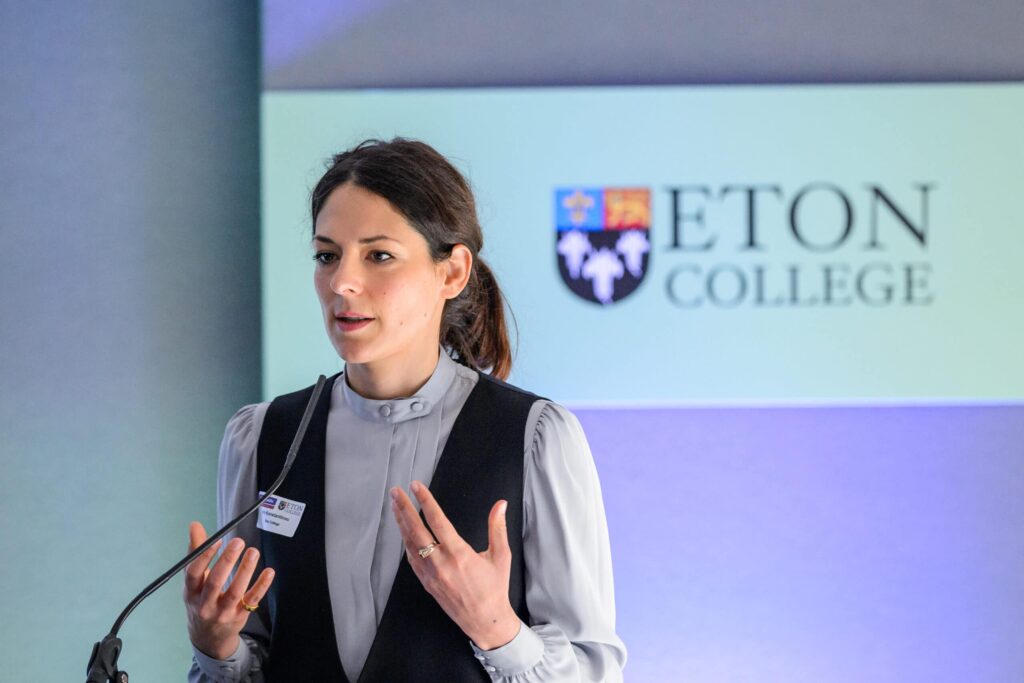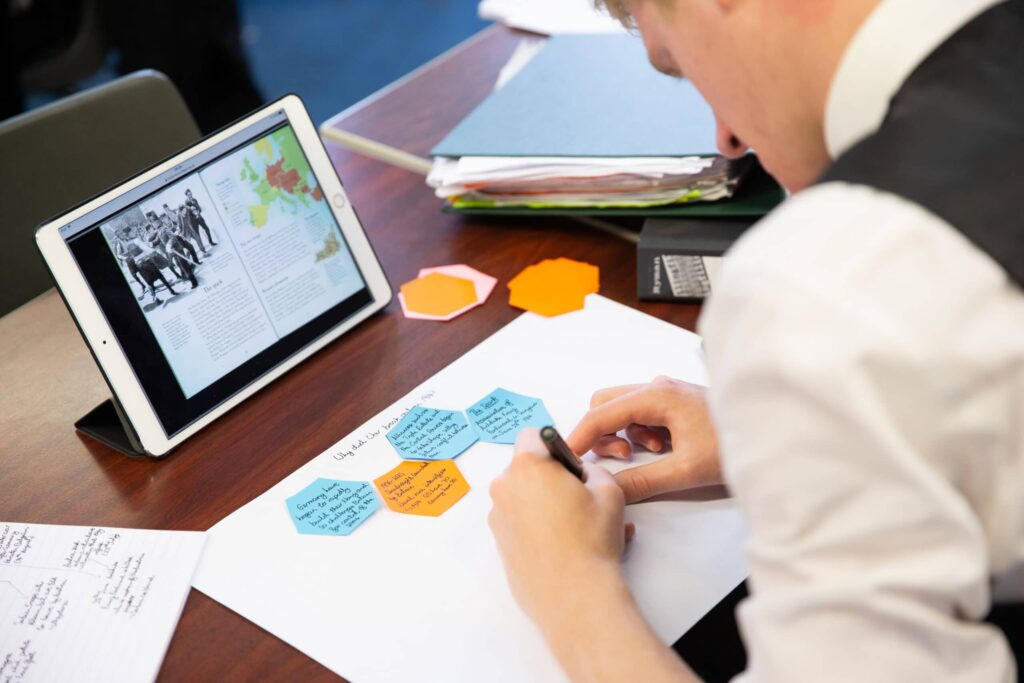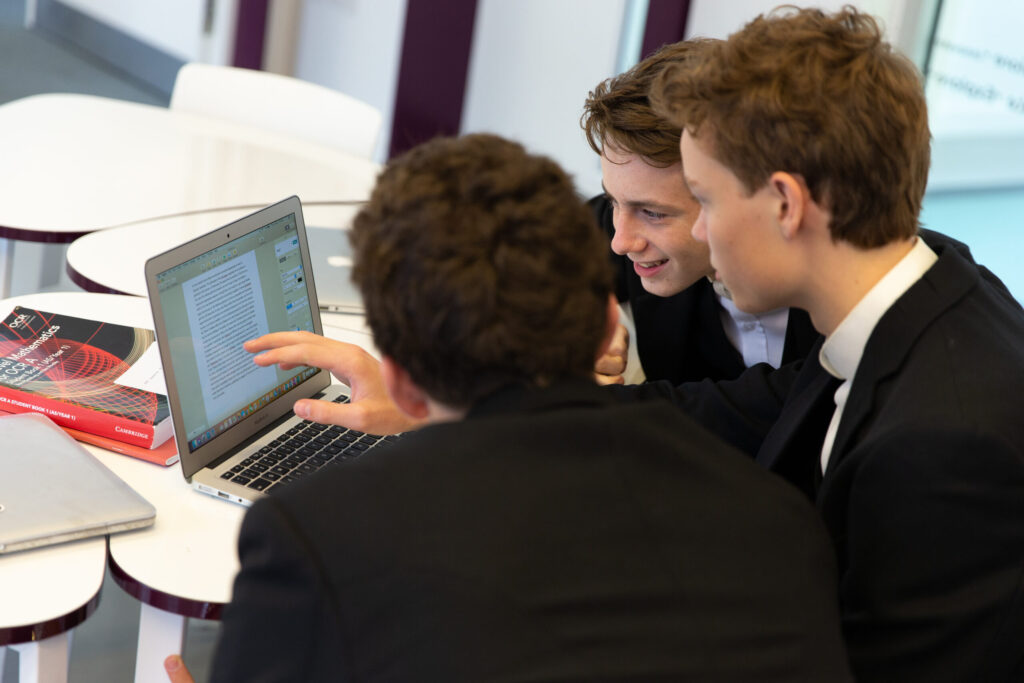(part 1)
The book is full of interesting insights into the brain of adolescents. Hopefully, the points below can instigate conversations and give us a better understanding into the world of adolescents.
- Defining adolescence is not easy; scientists disagree on the age range with some saying it starts at 12/13 ending at 22-25, while others define the start as biological and the end as social when adolescents acquire a stable independent role in society, making the boundaries blurrier.
- Studies have proven that even if social expectations differ across cultures, behaviours among adolescents remain typical across countries.
- Most non-human animals go through adolescence. Studies in rats have shown that some behaviours observed in them, such as risk-taking, are similar to human behaviours.
- Adolescent-typical behaviours cut across cultures, species and even history. From Aristotle and Socrates, to Shakespeare, to Jean-Jacques Rousseau, adolescence is described as a time of risk-taking and volatility.
- During adolescence, the sense of who we are – moral and political beliefs, music and fashion taste, the social groups we identify with – undergo profound changes.
- Adolescents compare themselves to others and place high value in how others judge them. They become increasingly aware of, and concerned about, the opinions of others.
- Adolescents are prone to believing there is an ‘imaginary audience’ which constantly judges them; even if this is not the case
- The concept of self-image remains high in adulthood. We all seem to have an interest to know how we are seen by others and this can partly justify the popularity of social media, not only in adolescence but also in adulthood.
- In adolescence, acceptance by peers is tremendously important. This affects decision-making and risk-taking.




